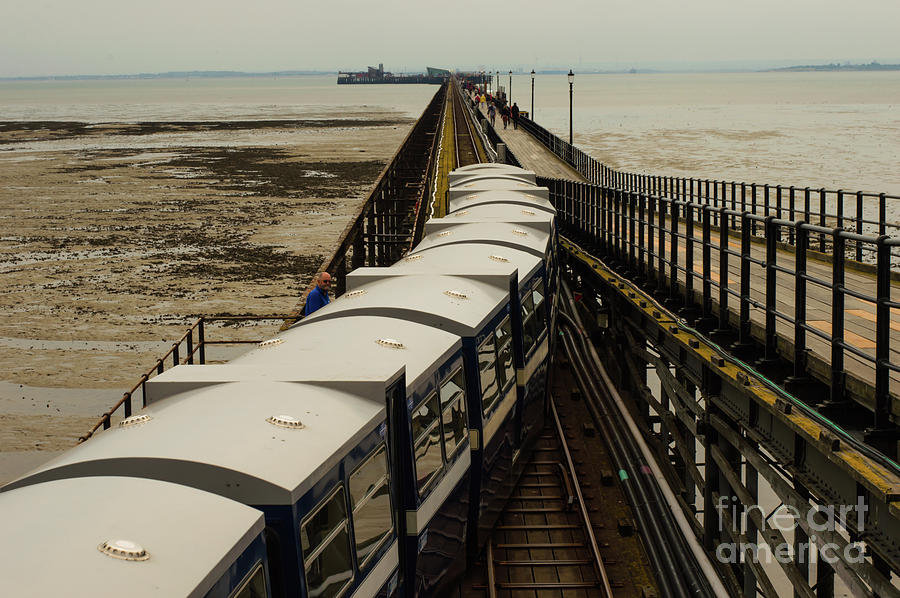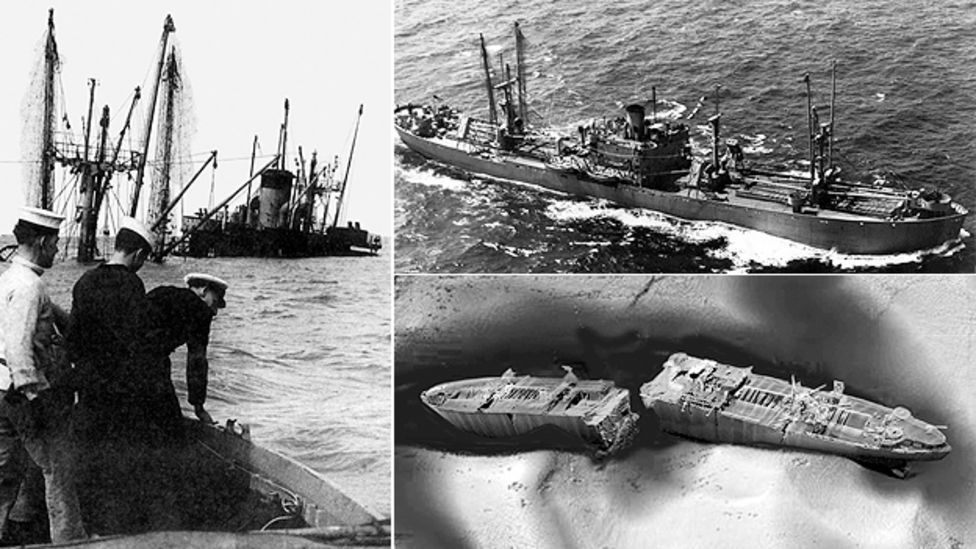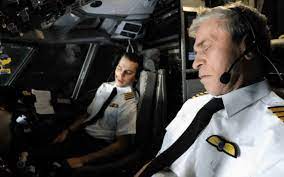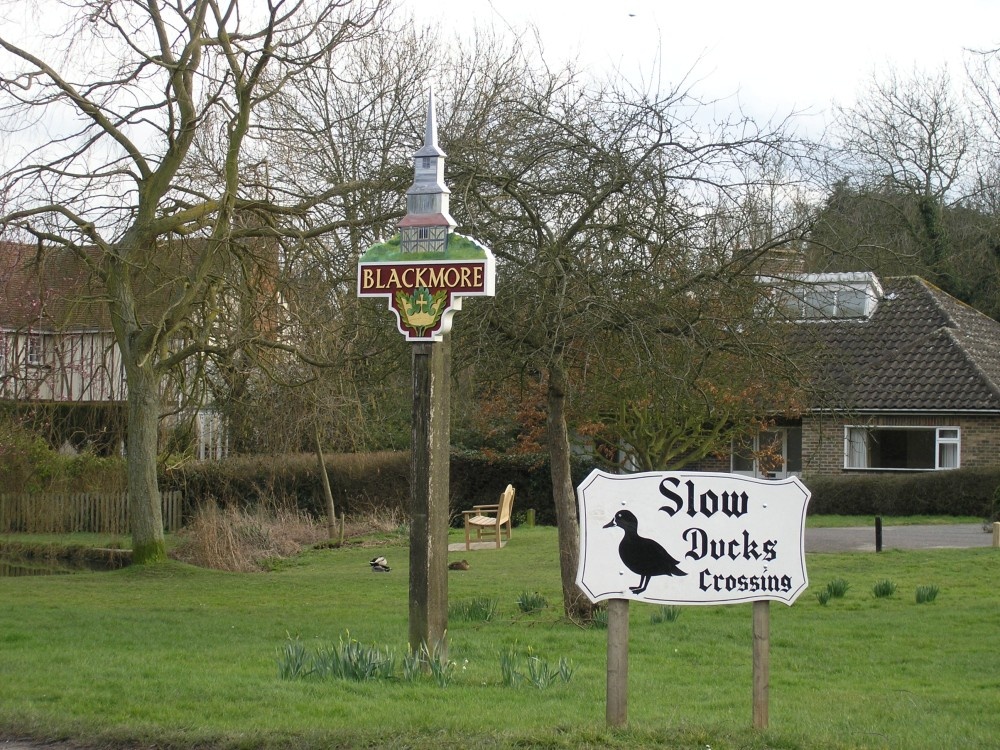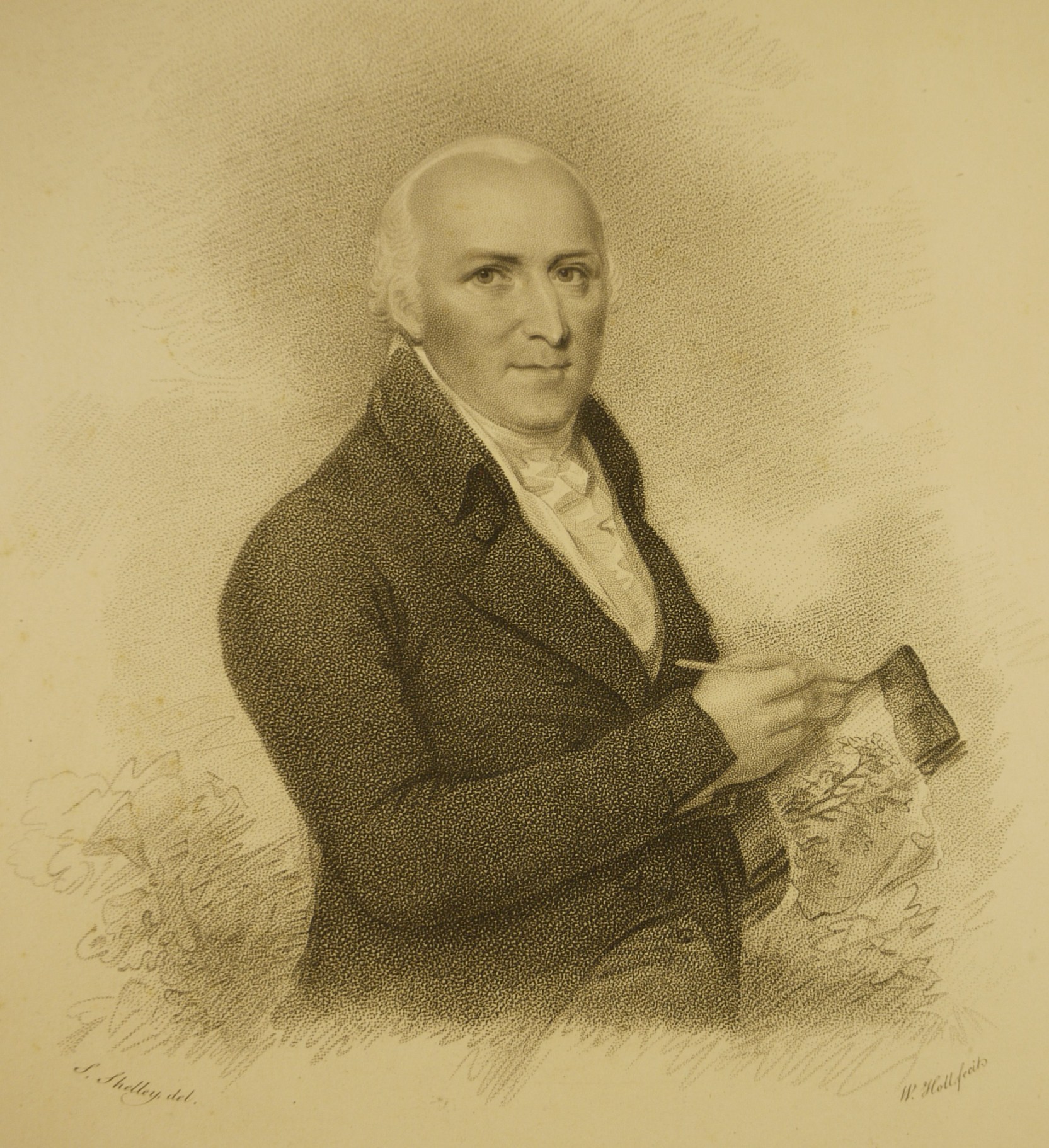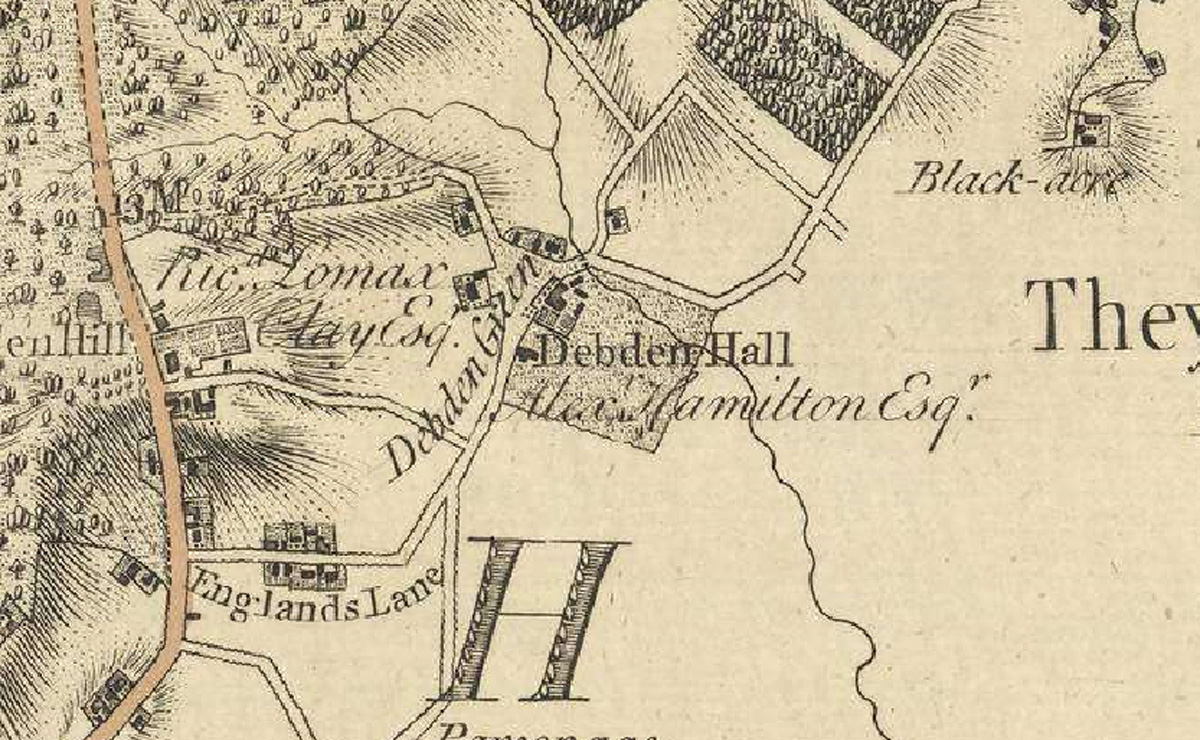I was joined once again this afternoon by MIKE DAVIES of the Rayleigh Town Museum.
But today Mike moved a little away from the safety of the museum to take a brief look at Southend on Sea and how it emerged to become recognised as a seaside resort.
Most people know that Southend got its name from being South of Prittlewell,
The village of Prittlewell was originally centred at the junction of three main roads, East Street, West Street, and North Street, which was extended south in the 19th century and renamed Victoria Avenue, where the administrative offices of Southend are now located, but one bit of Southend still exists today in Prittlewell which is Southend United Football Club, which was a founded in The Blue Boar Pub in 1906, although the original pub was demolished in 1889 but, of course, the nearby Roots Hall has been the home of the club since 1955.
Southend itself was developed as a bathing resort in the 18th century, and by the 19th, Prittlewell was regarded by visitors to Southend as “an attractive village in the hinterland”.
The earliest concerted attempt to develop Southend as a seaside resort is seen in Royal Terrace so named following visits by Princess Caroline, wife of the Prince Regent, in 1803 and for a short time attracted fashionable society.
The aim had been to rival Margate, Brighton and Weymouth, but difficult access from London by road and river discouraged further development until the construction of the LTS railway in 1890.
Given that a former Poet Laurette, JOHN BETJEMAN declared that, “The Pier is Southend and Southend is the Pier?” It might have been thought that the construction of the pier might have been the driving force to develop the resort, but this was not so.
The original decision was taken to build the pier was to counter the waning tides and allow boats to berth, but when first opened in 1830 but at only 600 feet in length it was obviously still too short to be useable at low tide. Given that even steam boats were unable to dock at Southend, it was clear it would need to be extended. By 1833 the pier’s length had been tripled but even this proved insufficient so further extensions had to be made in 1846 and finally in 1848 resulting in the original owners being forced to sell up.
But the coming of the railway changed everything so by 1890 the pier was a huge attraction so much so that a single track electric railway replaced horses to take visitors to the pier head.
Of course over the years the pier has been the site of a few dramas including fire and as well as being hit by ships.
The worst incident occurred in 1921 when the pier was sliced inn half by a 200 tonne ship loaded with iron girders and logs.
During the last war, the pier was known as HMS LEIGH and was attacked in November 1939 and again in 1940 and 1941.
Later in the war a v2 rocket hit the Pier pavilion but failed to explode.
Towards the end of the war, the SS RICHARD MONTGOMERY originally loaded with 7000 tons of explosives ended up in the Thames Estuary where after a fortnight she grounded on Sheerness Middle Sand only to break her back but at least half her cargo was successfully unloaded.
The remaining three and a half thousand tons of explosives containing TNT which is impervious to seawater but the assumption is that their fuses will have long since deteriorated and would therefore need something else to set them off.
Should this ever explode it is reckoned that it would be the largest non-nuclear explosion in history.
The good news is that the wreck is inspected annually by a Royal Navy team and there’s a permanent exclusion zone in place to keep paddle streamers and the like at bay.
As mentioned earlier the pier has been hit by a number of fires: –
In 1959, a fire destroyed the pavilion located at the shore end of the pier.
In 1976 a fire destroyed much of the pier head.
In 1977 The bowling alley was damaged in a fire, and a year after that, the railway was deemed unsafe and had to be closed.
On 7th June 1995 the bowling alley was finally destroyed by fire.
Then on 9th October 2005 a fire severely damaged much of the old pier head including the railway station, pub, restaurant, gift shop, and toilets.
In a future programme we will be looking at both THE KURSAAL and the airport, but meanwhile take a listen to my chat today with MIKE DAVIES, here: –
In the second hour of today’s show we reported on the recent internal air flight in Indonesia during which it seems that both pilots fell asleep.
Hard to believe but back in January this year both pilots in charge of a passenger flight operated by BATIK AIR, over Indonesia actually fell asleep for around half an hour whilst they were still nominally in charge of the flight.
The aircraft had already completed one leg of its journey during which the co-pilot enjoyed a 30 minute nap before waking for the descent.
After landing the pair tucked into bowls of instant noodles following which they again took to the skies.
Having started cruising happily at 36,000 feet and with 153 passengers onboard, the senior officer told his co-pilot to take control as he needed to rest.
The co-pilot agreed but then nodded off himself!
Over a 28 minute period air traffic control in Jakarta made repeated unsuccessful attempts to contact the aircraft but it was not until the senior pilot woke that communications were restored.
At this point the captain found his co-pilot out cold and that the aircraft had deviated over 241 miles from its correct flight plan.
There then followed much activity to correct the flight path after which they made a successful, and mercifully uneventful landing.
Provided I can make a successful drive home, without nodding off, I hope to be back with you at the same time tomorrow,
Scott


